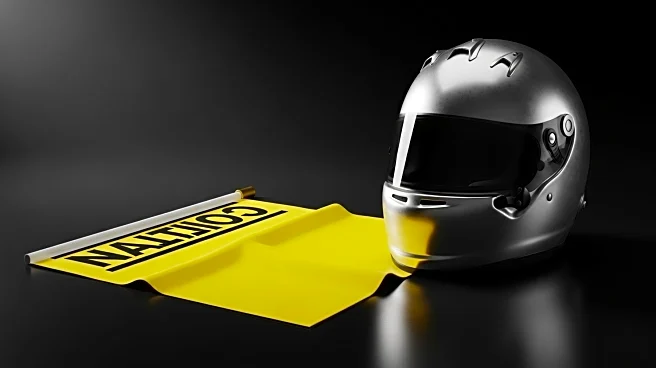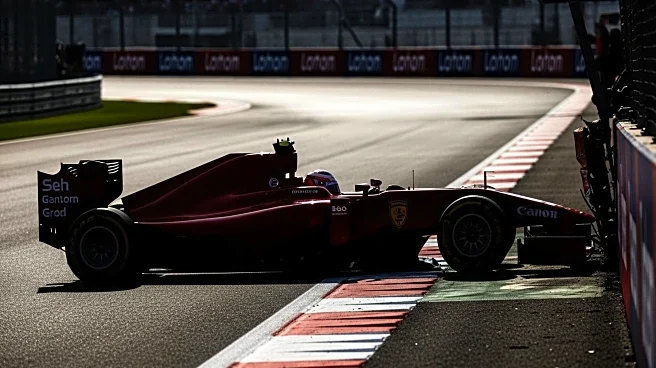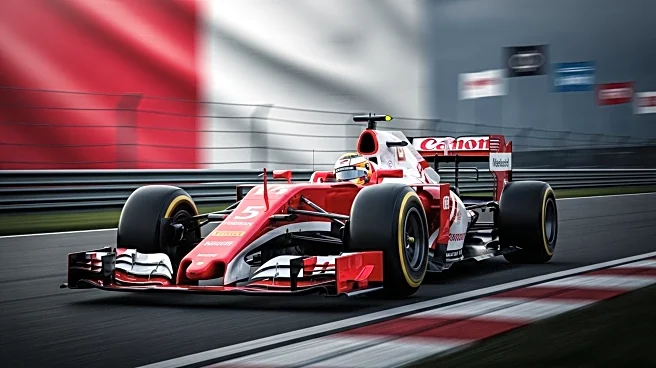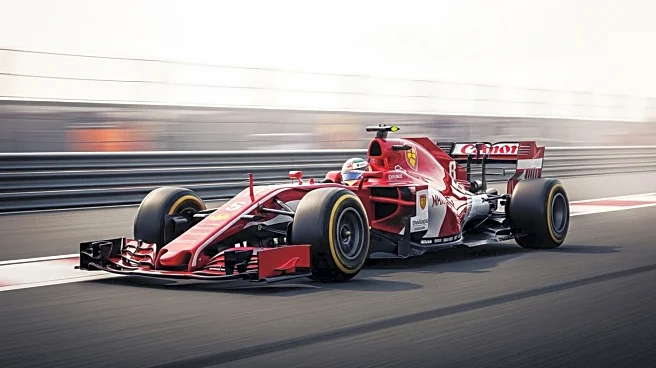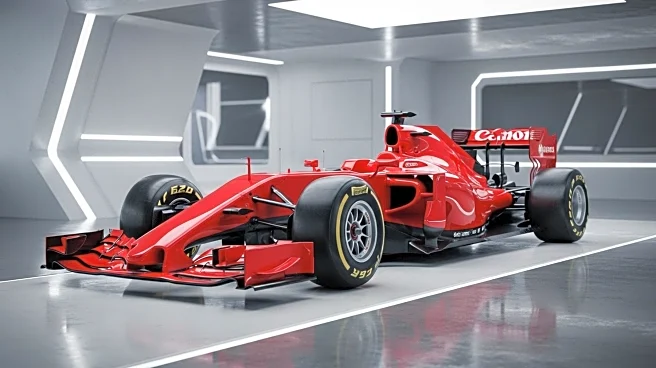What's Happening?
Lewis Hamilton has been penalized with a five-place grid penalty for the upcoming Italian Grand Prix due to failing to slow down for yellow flags at Zandvoort. The incident occurred during the laps to the grid, approximately 40 minutes before the formation lap, where double yellow flags were waved at the last corner. Hamilton's speed reduction was deemed insufficient, as he was only 20kph slower than his practice speed. Additionally, Hamilton did not enter the pit lane at a significantly reduced speed, lifting and braking only 70 meters earlier compared to practice. This penalty adds to Hamilton's challenges after he crashed out of the Dutch Grand Prix due to driver error, marking his first retirement as a Ferrari driver.
Why It's Important?
The penalty impacts Hamilton's starting position at Ferrari's home event in Monza, where he will start no higher than sixth. This decision underscores the importance of adhering to safety regulations in Formula 1, particularly concerning yellow flag protocols designed to ensure the safety of drivers and pit crews. The penalty also affects Hamilton's standing in the championship, as grid penalties can significantly influence race outcomes and overall rankings. For Ferrari, Hamilton's penalty and recent retirement may affect their strategy and performance in the upcoming race, highlighting the challenges faced by teams in maintaining competitive positions.
What's Next?
Hamilton and Ferrari have the option to appeal the stewards' decision, as outlined in the FIA International Sporting Code. The Italian Grand Prix at Monza will conclude the European season of Formula 1, with teams and drivers preparing for the race weekend. Hamilton's penalty may prompt strategic adjustments from Ferrari to optimize their performance despite the setback. The race will be closely watched by fans and stakeholders, as it could influence the championship standings and team dynamics moving forward.
Beyond the Headlines
The incident highlights the rigorous enforcement of safety protocols in Formula 1, emphasizing the balance between competitive racing and safety. It also reflects the pressures faced by drivers to perform under strict regulations, which can impact their decision-making and race strategies. The penalty serves as a reminder of the consequences of non-compliance with race directives, potentially influencing future driver behavior and team policies.
